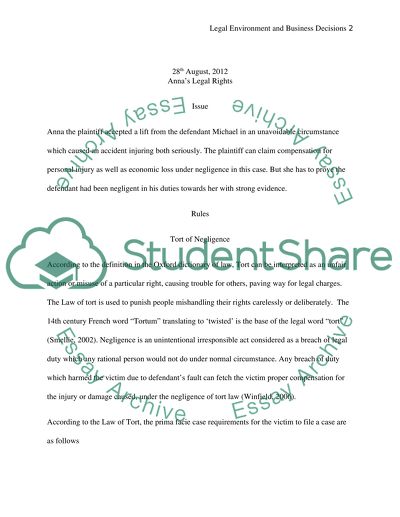Cite this document
(“Legal Environment and Business Decisions Essay Example | Topics and Well Written Essays - 3000 words”, n.d.)
Retrieved de https://studentshare.org/law/1400962-legal-environment-and-business-decisions
Retrieved de https://studentshare.org/law/1400962-legal-environment-and-business-decisions
(Legal Environment and Business Decisions Essay Example | Topics and Well Written Essays - 3000 Words)
https://studentshare.org/law/1400962-legal-environment-and-business-decisions.
https://studentshare.org/law/1400962-legal-environment-and-business-decisions.
“Legal Environment and Business Decisions Essay Example | Topics and Well Written Essays - 3000 Words”, n.d. https://studentshare.org/law/1400962-legal-environment-and-business-decisions.


